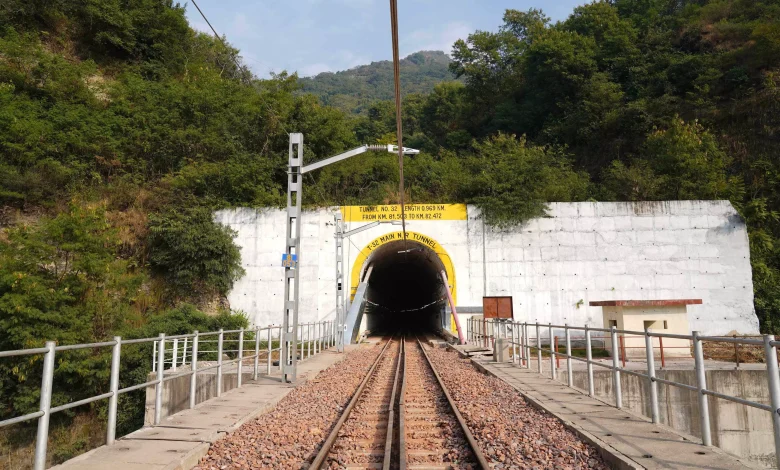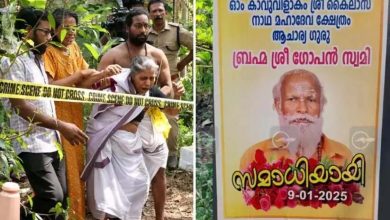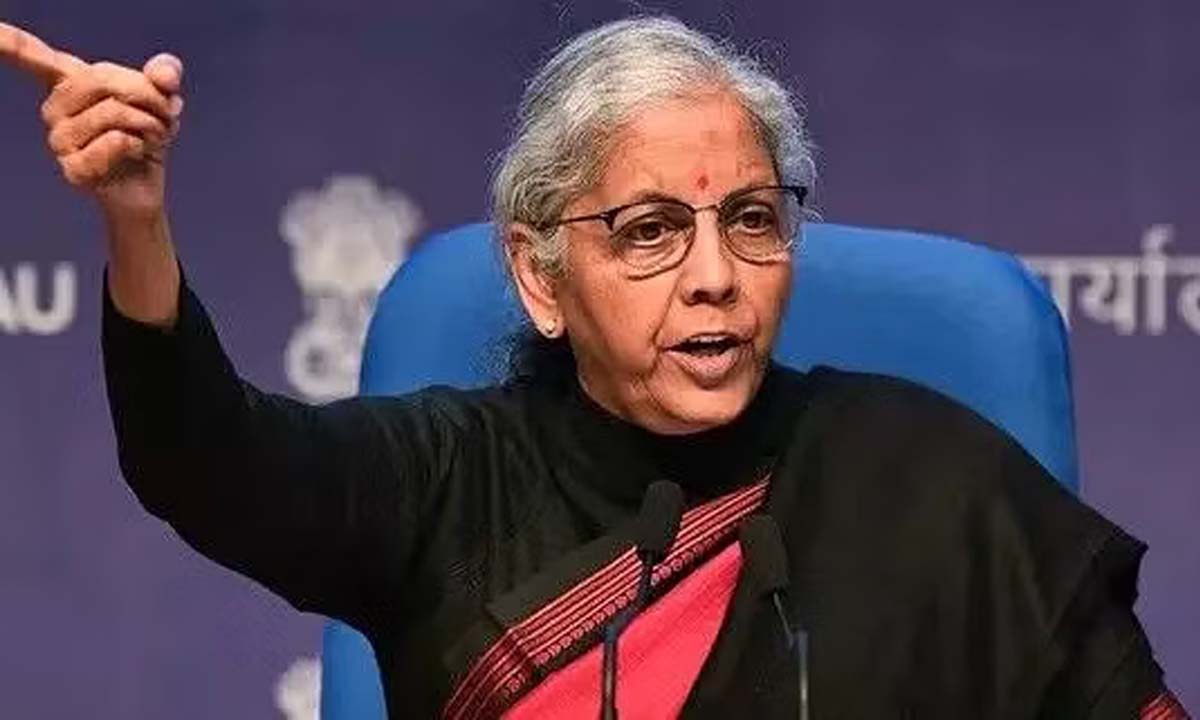The whispers of progress beneath the mountains

Raipur. Nestled amidst the heights of the Himalayas, where clouds kiss the earth and valleys whisper secrets, the dream of Indian Railways is coming true in the form of the Udhampur-Srinagar-Baramulla Rail Link (USBRL). The grandeur of the project is reflected in its tunnels — these hidden paths not only conquer geography but also pave the way for future speeds. Out of the 272 km long railway line of the USBRL, 36 major tunnels cover about 119 km. Some of these tunnels are so long and complex that they have become milestones of engineering excellence.
- T-50 – India’s longest transport tunnel
Length: 12.77 km | Location: Sumbar–Khari
The T-50 tunnel, India’s longest transport tunnel, stands as a lifeline connecting the Kashmir valley with the rest of the country. It is built using the “New Tunnelling Method”, and passes through hard rocks like quartzite, gneiss and phyllite. It has a main passage as well as a parallel security tunnel, connected by cross-passages every 375 metres. The construction faced challenges of landslides, excessive water seepage, weak zones and volcanic rocks. The engineers expedited the work by digging from multiple points simultaneously by making three adits (entry tunnels).
- T-80 – Backbone of Kashmir in Pir Panjal
Length: 11.2 km | Location: Banihal–Qazigund
The T-80 tunnel built under the Pir Panjal range ensures year-round connectivity between Jammu and Kashmir. It significantly improves trade and movement by overcoming the barriers of snowfall and altitude, and can be considered the ‘backbone’ of the USBRL.
- T-34 – Engineering of Dual Structure
Length: 5.099 km | Location: Pai-Khad to Anji Khad
This tunnel is based on a dual tunnel system — a main tunnel for train operations and a parallel safety tunnel, connected by cross-passages every 375 metres. It is connected to India’s first cable-stayed railway bridge, the Anji Khad Bridge.
- T-33 – Challenging Passage in the Shadow of Trikut
Length: 3.2 km | Location: Katra–Banihal Section
The T-33 tunnel is the most challenging part of the Katra-Banihal route in the foothills of Trikut Mountain. Passing through weak dolomite and the Main Boundary Thrust Zone, it faced several geological difficulties. Work was halted after a major collapse in October 2017. In March 2022, the “I-System of Tunneling” was adopted which included deep drainage system, pipe roofing, chemical grouting and strong support. Successful breakthrough was achieved in this tunnel on 20 December 2023.
- T-23 – Example of Technological Innovation
Length: 3.15 km | Location: Udhampur–Chak Rakwal
T-23 is the longest tunnel in this section with a track system without ballast. In 2008, it faced problems like heavy pressure, swelling and lifting of the bottom. It was successfully completed after expert intervention.
- T-1 – Tunnel built with advanced technology
Length: 3.209 km
The T-1 tunnel also faced the challenges of the Main Boundary Thrust, including heavy mud and water seepage. These problems were resolved with the “I-System of Tunneling” technology.
- T-25 – Battle with Underground Water Stream
Length: 3 km
The construction of T-25 tunnel lasted for six years, the biggest challenge being the underground water stream discovered during excavation in 2006. This stream was flowing 500 to 2000 liters of water per second. Facing this natural challenge, the tunnel construction was successfully completed. These tunnels of USBRL are lifelines in the lap of Himalayas, connecting Kashmir to the heart of India. Every tunnel tells a story – of struggle, innovation and victory. These tunnels are not only a symbol of connectivity but also an example of India’s unshakable resolve.





